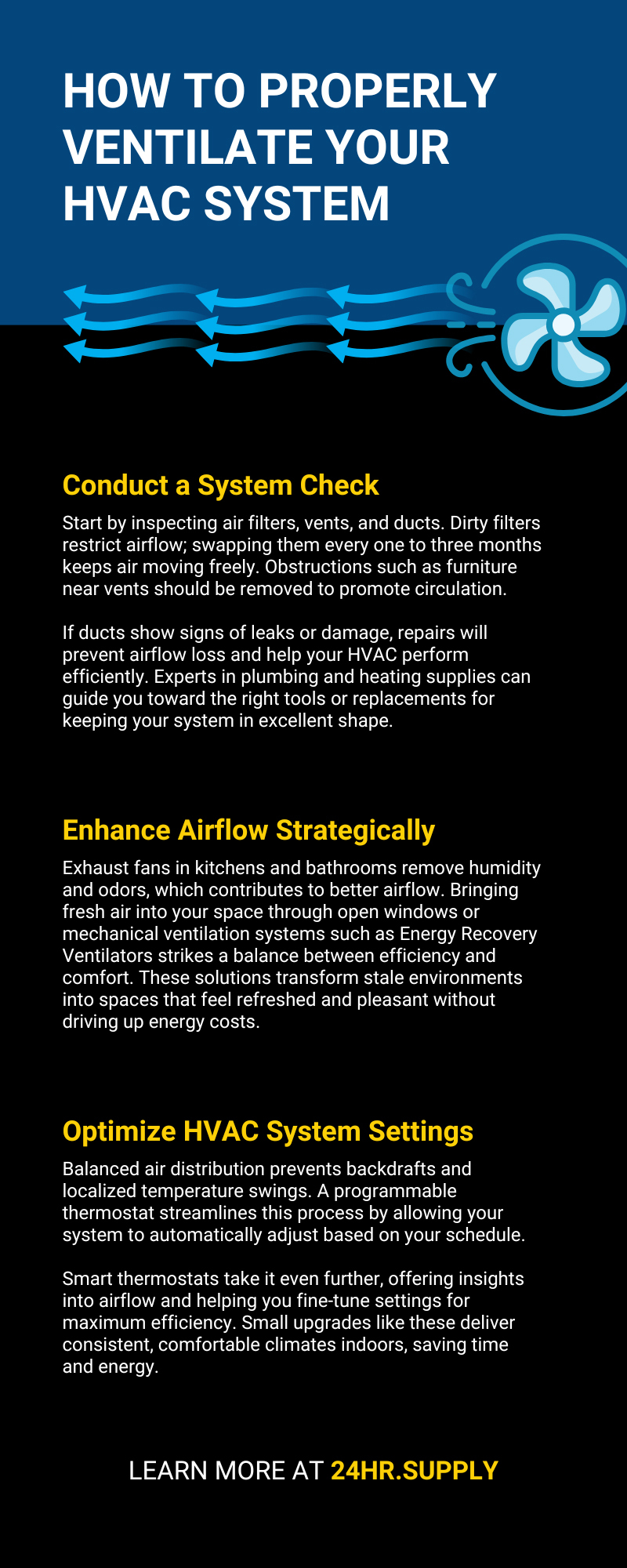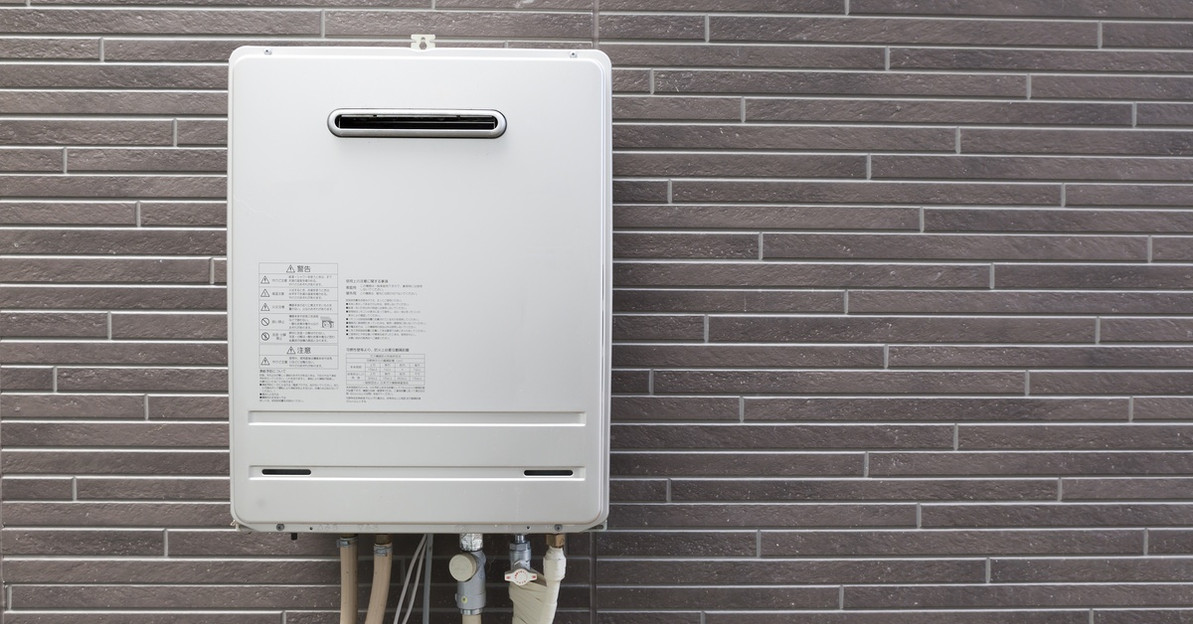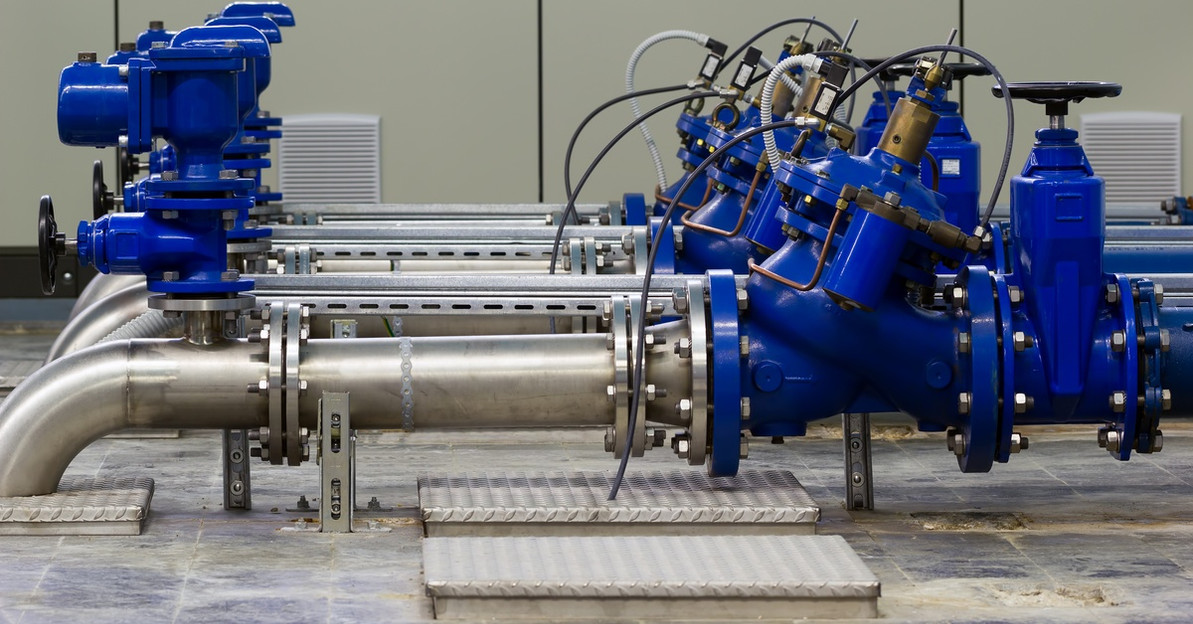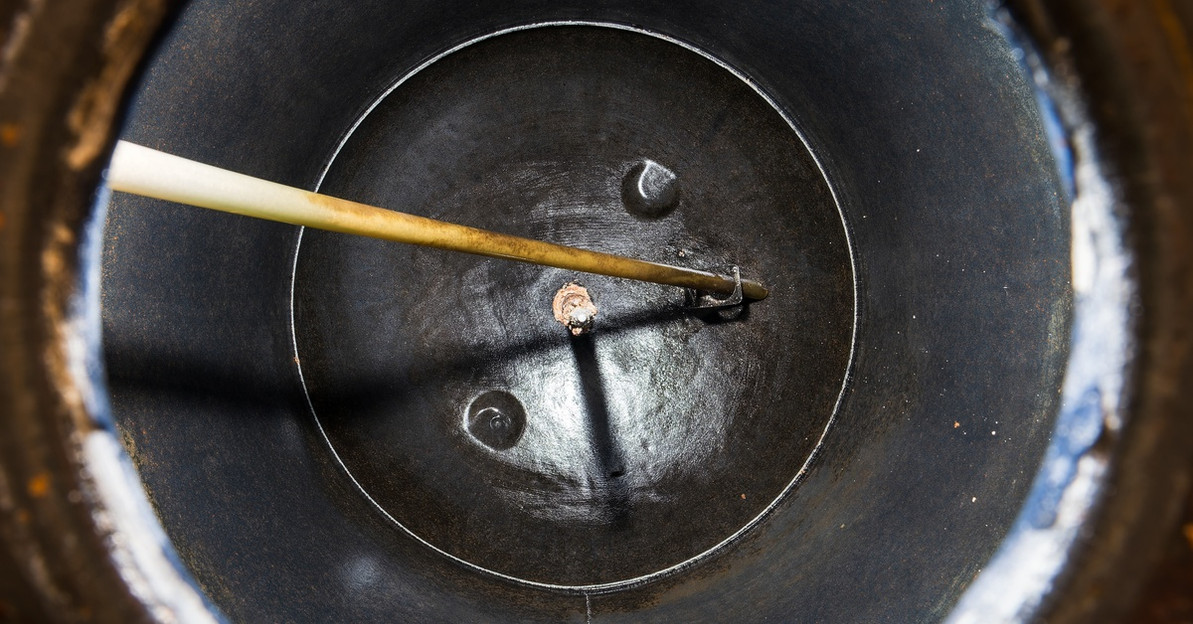How To Properly Ventilate Your HVAC System
Imagine walking into your home or office and breathing air that feels clean, comfortable, and fresh. Now picture the opposite scenario: stale air that carries odors, allergens, and excess humidity. The difference between these two experiences often boils down to one thing: HVAC system ventilation.
If you’ve ever wondered how to improve the air circulation in your home or workspace, you’re not alone. Many people deal with blocked or inefficient HVAC systems without realizing it’s an issue. Ignoring this essential part of your system can lead to more frequent breakdowns and even impact the quality of air your family or employees breathe every day.
This guide will walk you through the key steps to ventilating your HVAC system properly. We’ll tackle common mistakes, share actionable tips, and break it all down in a way that’s easy to follow. Whether you need a quick tweak to your current setup or professional maintenance, you’ll finish this guide equipped to take control of your indoor air quality and make your space more comfortable for everyone inside.
Why Proper Ventilation Matters
Health Benefits
Clean air directly impacts your health and comfort. Without proper ventilation, allergens such as dust and mold settle into your space, which creates respiratory risks. Fresh air circulation removes these particles, reducing issues such as asthma triggers, skin irritation, or constant sneezing.
When your HVAC system ventilates properly, the indoor atmosphere feels lighter, cleaner, and more comfortable for everyone. Regularly updating your ventilation setup is one of the easiest ways to maintain this improved air quality inside your home or office.
Energy Efficiency
Ventilation problems force your HVAC system to overwork, spiking energy bills while reducing its lifespan. Clogged filters, blocked vents, or air leaks all make the system draw more power to achieve the same results.
Meanwhile, repairing these small issues dramatically improves energy performance. Better airflow reduces strain on the machinery, so you can cut costs and boost the system’s longevity.
Compliance with Building Standards
Poor ventilation isn’t just uncomfortable for business owners and may even violate regulations. Many industries require adequate air circulation to maintain safety standards, especially in commercial spaces.
Businesses that meet these requirements avoid fines and show a commitment to health and productivity. Employees thrive in better-ventilated spaces, leading to higher efficiency and satisfaction. For companies upgrading their buildings, airflow should rank as a top priority alongside design and functionality.
Common Ventilation Mistakes to Avoid
Overlooking Maintenance
Dirty filters and neglected ducts slow airflow and compromise air quality. Dust, debris, or even pests can block ventilation, stressing the system and pushing it to work harder. This leads to higher bills and a system prone to breakdowns.
Regular cleaning resolves this problem easily. Swapping filters every one to three months and scheduling duct inspections keeps both the equipment and the air flowing freely. Simple upkeep prevents bigger, pricier problems later.
Improper Placement of Vents
Blocked vents cause uneven airflow and disrupt temperature distribution in your space. Furniture, curtains, or other obstacles often get in the way, which reduces efficiency while leaving rooms feeling stale or uncomfortable.
Poor vent placement during construction or renovations can add to the problem. Keep vents clear and open to maintain smooth ventilation. Rearranging obstacles such as furniture can solve uneven airflow surprisingly fast.
Ignoring Ventilation Design in Renovations
Big layout changes often disrupt airflow patterns to create stagnant zones or uneven air distribution. Poorly planned duct or window placement can make your HVAC system less effective and leave certain areas uncomfortable.
Renovation planners should include airflow considerations in their designs. Adding vent extenders or consulting professionals for proper alignment ensures the system functions as intended while maintaining comfort in newly redesigned spaces.
Assuming Ventilation Is “One-Size-Fits-All”
Different areas have unique needs. Residential setups prioritize consistent temperatures for smaller spaces, while commercial buildings might handle large occupancy levels or diverse layouts. Using the wrong system or neglecting customization undermines ventilation quality.
Tailor ventilation solutions to your living or working setup by adapting airflows to match its scale and requirements. Professional advice can help fine-tune your system for optimal performance.
How To Properly Ventilate Your HVAC System
Conduct a System Check
Start by inspecting air filters, vents, and ducts. Dirty filters restrict airflow; swapping them every one to three months keeps air moving freely. Obstructions such as furniture near vents should be removed to promote circulation.
If ducts show signs of leaks or damage, repairs will prevent airflow loss and help your HVAC perform efficiently. Experts in plumbing and heating supplies can guide you toward the right tools or replacements for keeping your system in excellent shape.
Enhance Airflow Strategically
Exhaust fans in kitchens and bathrooms remove humidity and odors, which contributes to better airflow. Bringing fresh air into your space through open windows or mechanical ventilation systems such as Energy Recovery Ventilators strikes a balance between efficiency and comfort. These solutions transform stale environments into spaces that feel refreshed and pleasant without driving up energy costs.
Optimize HVAC System Settings
Balanced air distribution prevents backdrafts and localized temperature swings. A programmable thermostat streamlines this process by allowing your system to automatically adjust based on your schedule.
Smart thermostats take it even further, offering insights into airflow and helping you fine-tune settings for maximum efficiency. Small upgrades like these deliver consistent, comfortable climates indoors, saving time and energy.
Invest in Professional Help
HVAC professionals can identify ventilation issues you might miss. Scheduling regular inspections uncovers problems such as duct leaks, poor airflow balance, or outdated components.
If your current system struggles to meet demand, consider upgrading. Modern features, such as Energy Recovery Ventilators, enhance ventilation while maintaining energy efficiency. A professional evaluation can make all the difference in achieving a healthier, more comfortable space.
Now What?
Proper ventilation of your HVAC system doesn’t have to feel overwhelming when you approach it step by step. The small things, such as clearing a vent or swapping a filter, can make a bigger impact than you’d expect. But beyond the immediate fixes, there’s value in viewing your HVAC system as part of a larger picture. Overall, your goal should be to create a space where you and those around you feel at ease, breathe freely, and thrive.
If you’re looking to elevate your system’s performance or tackle specific challenges, now is the perfect time to take action. Partner with trusted professionals, upgrade where needed, and don’t shy away from rethinking what works best for your home or business. Ventilation is an opportunity to transform your space into one that’s not only more efficient but also feels fresher and more inviting every single day.

Recent Posts
-
How Tankless Water Heaters Can Benefit Commercial Kitchens
A commercial kitchen operates at a fast pace and maintains very high performance standards. Every pi …Dec 3rd 2025 -
Noise Reduction Strategies for Urban Booster Pump Installs
In densely populated urban areas, every sound matters. The constant hum of traffic, construction, an …Dec 2nd 2025 -
How To Avoid Sediment Buildup in Commercial Water Heaters
Every commercial property, from a busy hotel to a bustling restaurant, relies on a steady supply of …Nov 18th 2025





